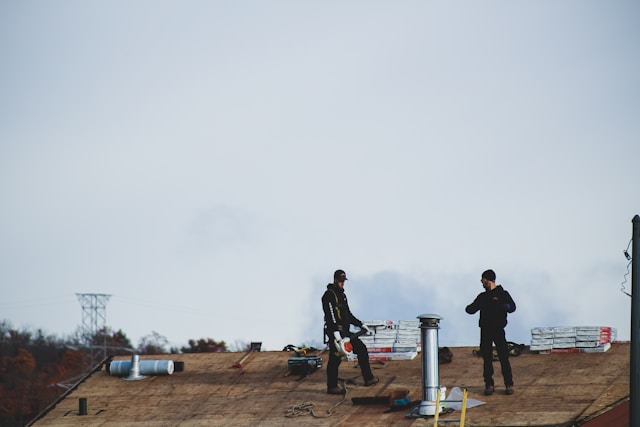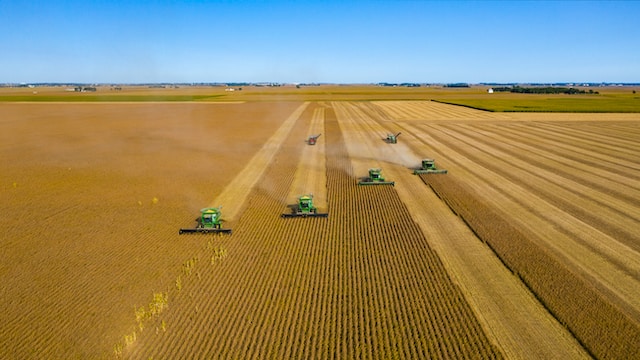About 400 million years ago, early terrestrial vegetation had begun to spread. Trees and ferns hadn’t figured themselves out yet. The vegetation was quiet different from today. The plants did not have roots and many had no vascular tissue at all. They most likely spread by vegetative growth and were not very tall.
UC Berkeley graduate student Jeff Benca has created a stunningly life-like computer rendering of a long-extinct lycopod which was squished into a rock 375 million years ago. The researchers hope this new technique will allow paleontologists to more precisely identify these fossils.
The plant is called Leclercqia scolopendra, or centipede clubmoss and it featured shoots about a quarter-inch in diameter, had hook-like leaves and was probably crawling all over the ground, forming tangled mats of vines. He has given a serious impression of what they may have looked like.
His realistic, full-color image earned him a spot on the cover of March’s centennial issue of the American Journal of Botany. He’s currently studying even more lycopod species.






